Business
S&P: Trump’s Tariffs to Cost $1.2 Trillion, Consumers Hit Hardest
By Jake Beardslee · October 16, 2025
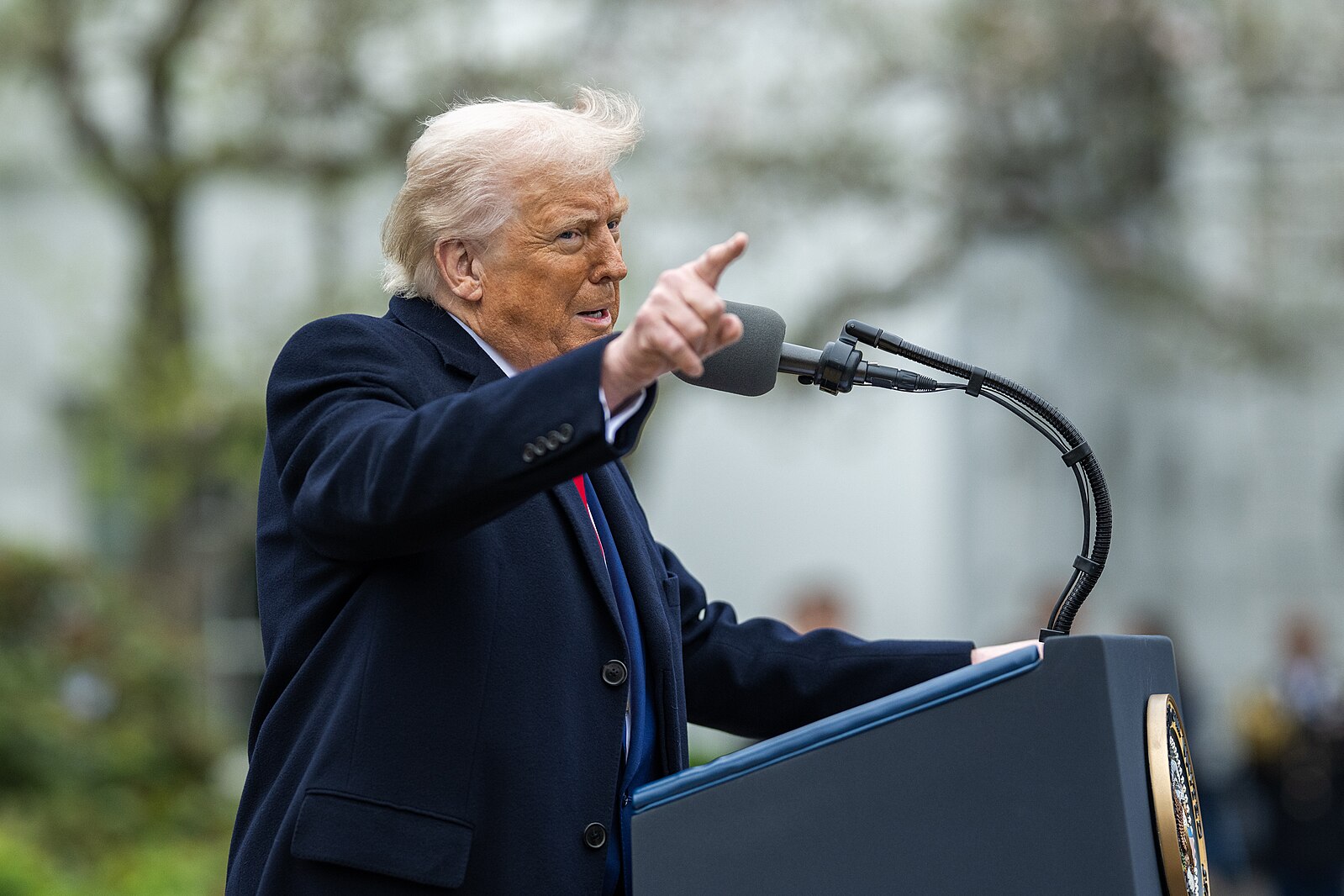
S&P Estimates Massive Tariff Burder
President Donald Trump’s tariffs will cost global businesses more than $1.2 trillion in 2025, with the majority of the costs being passed on to consumers, according to a new report by S&P Global.The analysis found that roughly one-third of the financial hit will fall on companies, while two-thirds will ultimately land on consumers, even under conservative assumptions. The White House / Wikimedia
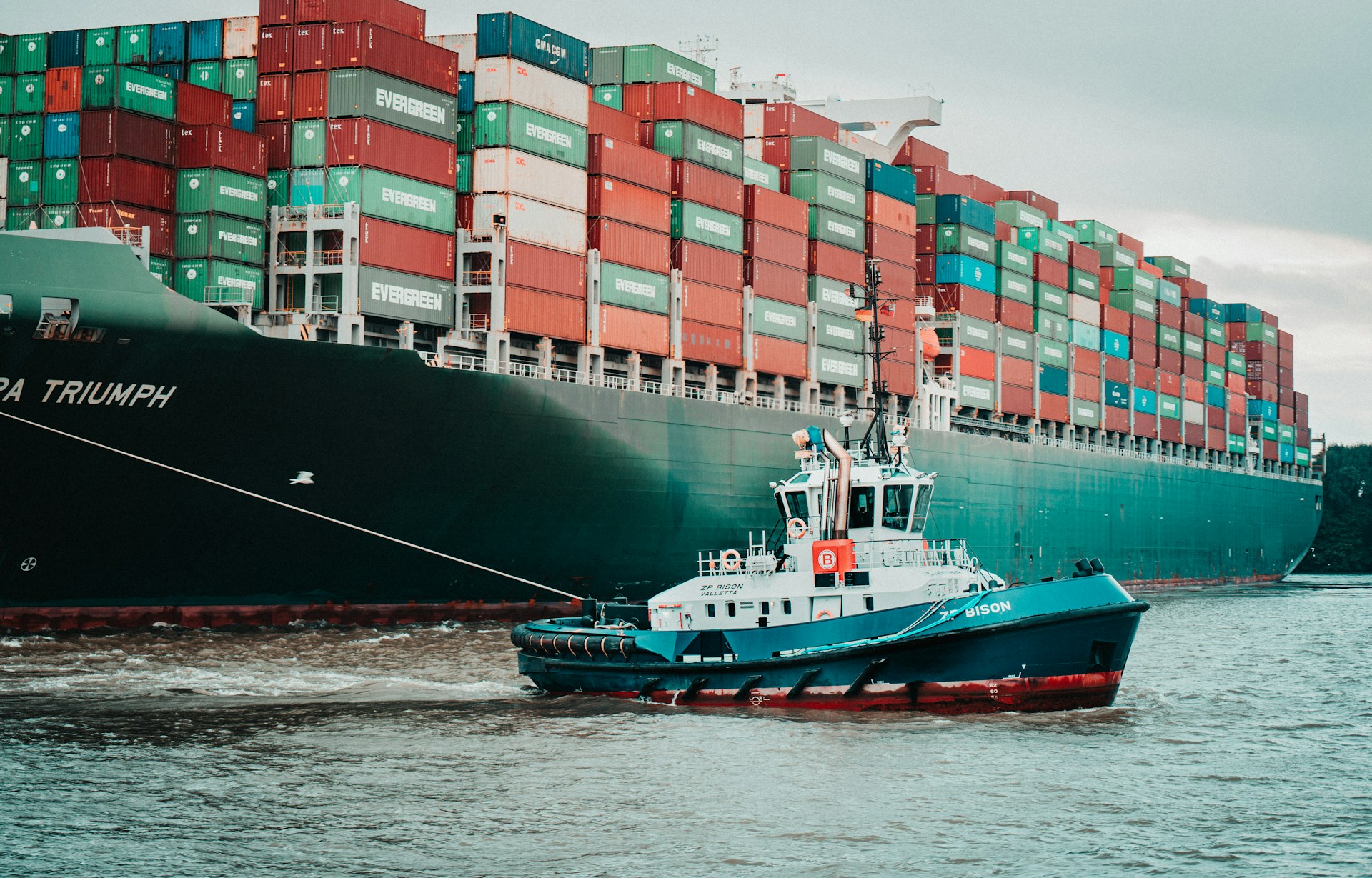
Breakdown of the Cost Impact
In its white paper released Thursday, S&P said its figures—drawn from 15,000 sell-side analysts across 9,000 companies—are likely conservative. “The sources of this trillion-dollar squeeze are broad,” wrote report author Daniel Sandberg. “Tariffs and trade barriers act as taxes on supply chains and divert cash to governments; logistics delays and freight costs compound the effect. Collectively, these forces represent a systemic transfer of wealth from corporate profits to workers, suppliers, governments, and infrastructure investors.” Mika Baumeister / Unsplash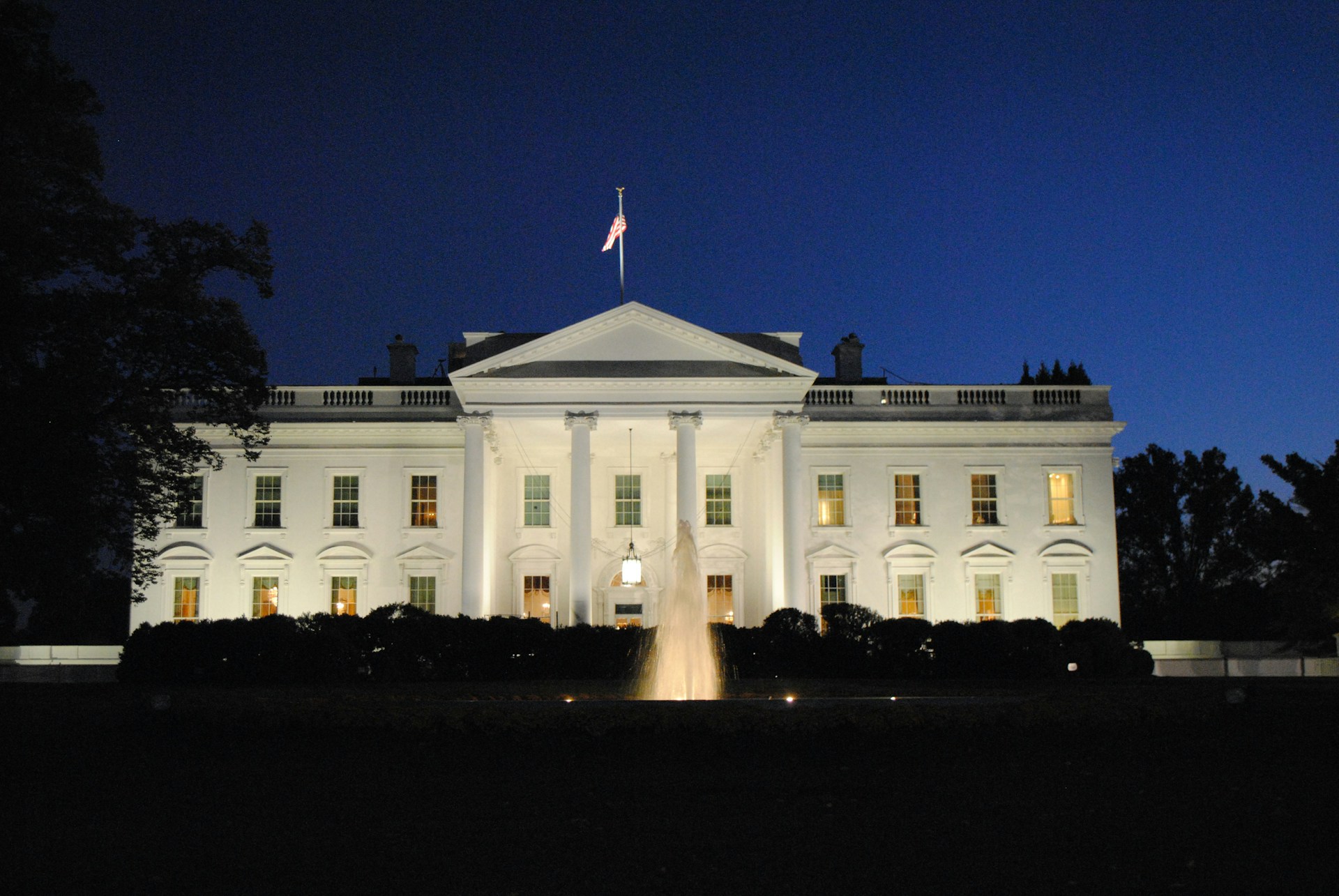
White House Defends Tariff Strategy
Despite S&P’s findings, the White House maintains that tariffs will benefit the U.S. in the long term.“The President and Administration's position has always been clear: while Americans may face a transition period from tariffs upending a broken status quo that has put America Last, the cost of tariffs will ultimately be borne by foreign exporters,” White House spokesman Kush Desai said in a statement.
Desai added, “Companies are already shifting and diversifying their supply chains in response to tariffs, including by onshoring production to the United States.” Tabrez Syed / Unsplash

S&P Analysts See Declining Profit Margins
S&P projects a 64-basis-point contraction in corporate profit margins this year, easing to 28 basis points in 2026 and 8–10 basis points by 2027–28.“In effect, 2025 locked in the hit; 2026 and 2027 will test whether the market's optimism about re-equilibration is warranted,” wrote Sandberg and co-author Drew Bowers. “For now, consensus envisions a world where margins eventually recover to pre-tariff trajectories. Whether that faith proves justified will depend on how firms adapt through technology, cost discipline, and reshaped global value chains.” Alexander Mils / Unsplash
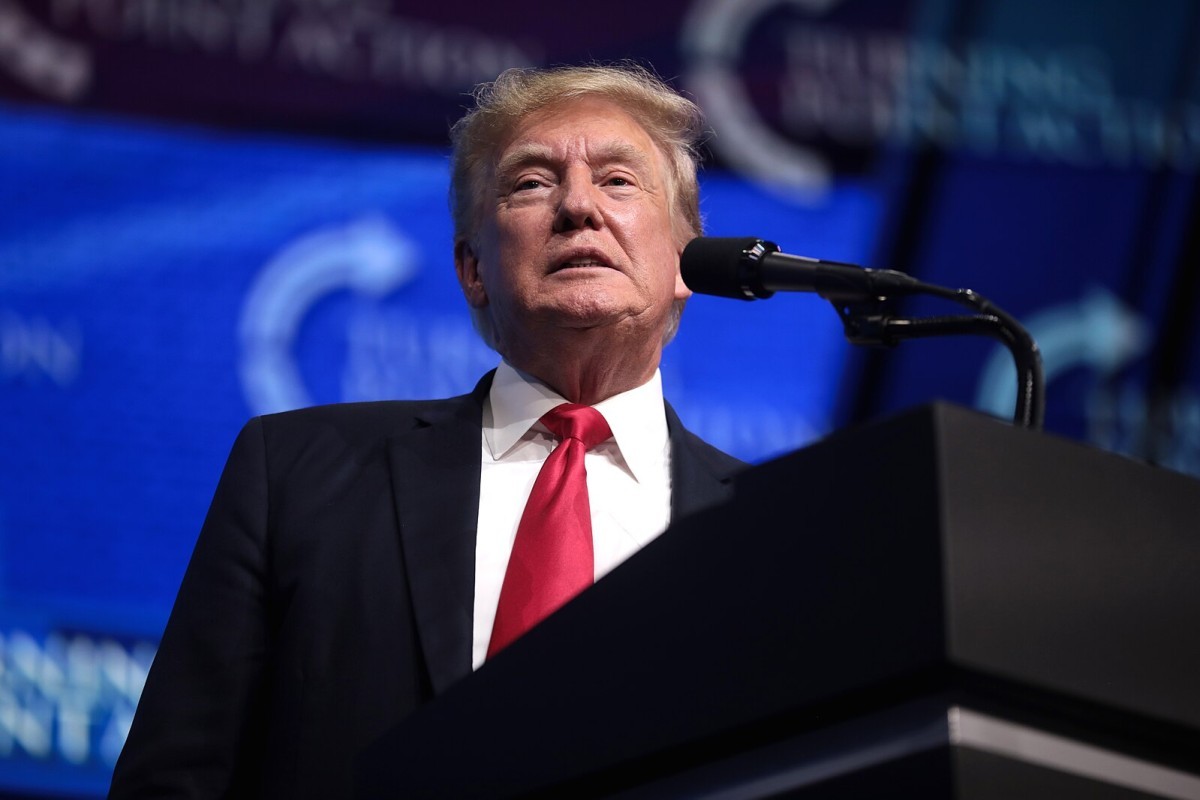
Key Turning Point: End of the “De Minimis” Exception
The report identified Trump’s May removal of the ‘de minimis’ exception—which previously exempted goods under $800 from tariffs—as a major turning point.“The real inflection point,” S&P found, came when the exemption ended, as it “had become politically untenable.” Sandberg wrote, “When the exemption closed, the shock rippled through shipping data, earnings reports, and executive commentary.”
He added that in the best-case scenario, these disruptions are “transitory frictions, not permanent structural taxes on profitability.” Gage Skidmore, CC BY-SA 2.0 https://creativecommons.org/licenses/by-sa/2.0, via Wikimedia Commons
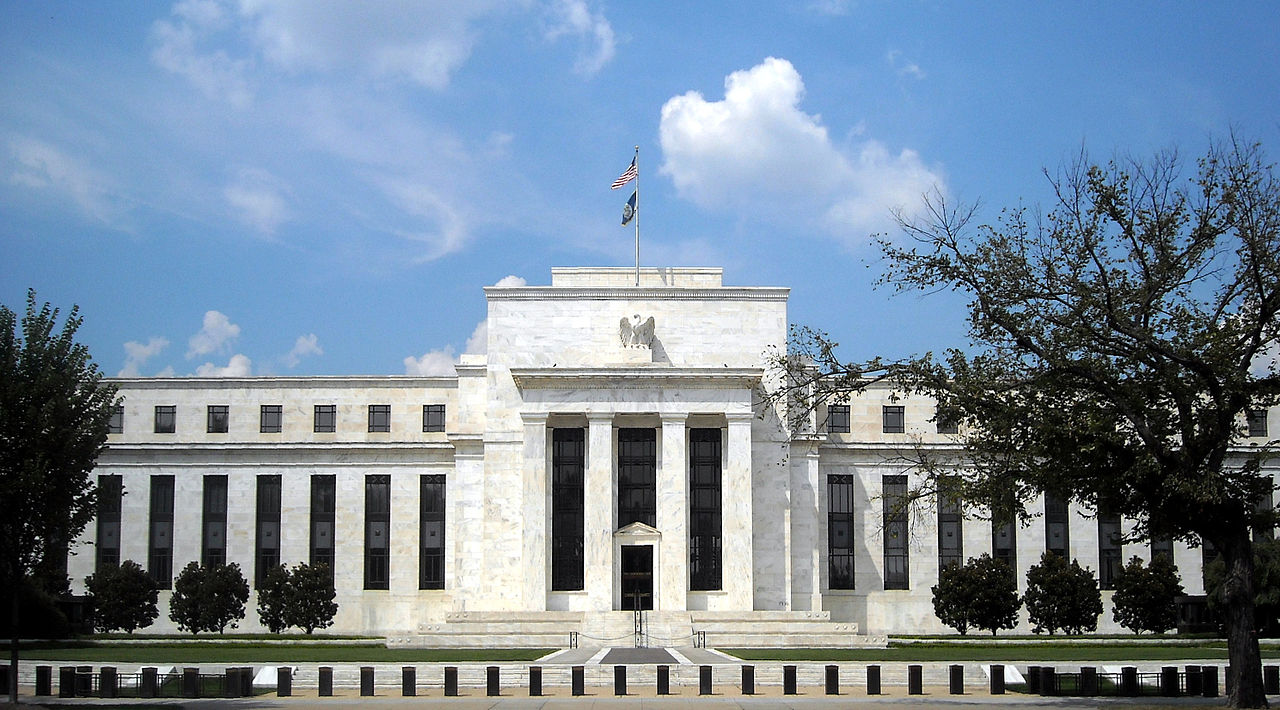
Broader Policy and Economic Implications
The S&P findings have major implications for both the White House and the Federal Reserve, which must navigate the inflationary and growth effects of tariffs.Fed officials, according to S&P, view the levies as temporary price shocks rather than a structural inflation driver. However, the ultimate impact depends on whether firms can successfully reconfigure their supply chains amid ongoing tensions with China, particularly over rare earth exports and reciprocal trade measures. AgnosticPreachersKid, CC BY-SA 3.0 https://creativecommons.org/licenses/by-sa/3.0, via Wikimedia Commons